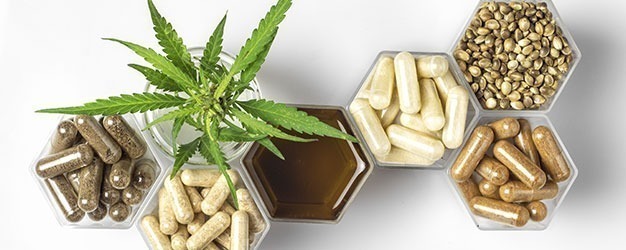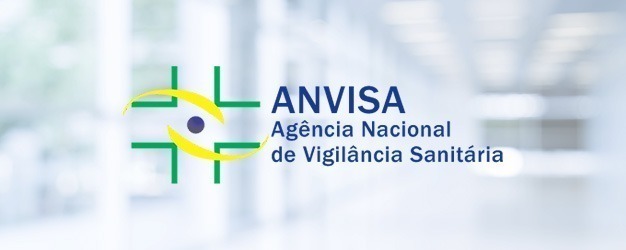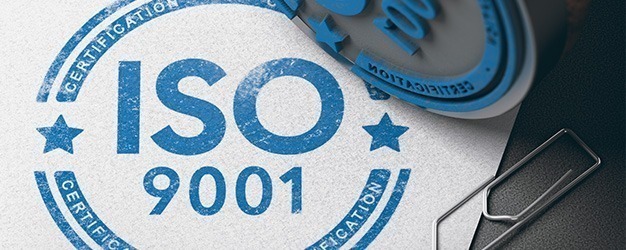Insights > Newsletters
Newsletters
Life Sciences Newsletter No.9 – December 2021
January 12th, 2022

[vc_row][vc_column][vc_column_text]Our Public and Regulatory Law team presents the ninth edition of the Life Sciences Newsletter, with a compilation of the main news and information of the area occurred in December.
Demarest’s Public and Regulatory Law team continues to monitor developments in the Life Sciences area, and is available to provide any clarification or further information on these and other topics.
Happy reading!
Read the eighth issue here.
[/vc_column_text][vc_empty_space height=”50px”][vc_column_text el_id=”materia1″]
ANVISA – National Health Surveillance Agency
Anvisa publishes documents on low-risk drugs
On December 20, 2021, the Brazilian National Health Authority (“ANVISA”) published a Q&A document regarding medicines that are subject to notification, clarifying doubts about the Resolution of the Collegiate Board (RDC) 576/2021 and Normative Instruction (IN) 106/2021 that deal with, respectively, the notification of low-risk drugs and the list of low-risk drugs that are subject to notification.
The purpose of the document is to provide transparency on the procedure for evaluating requests and changes to the list, providing guidance on the notification of low-risk drugs.
The complete document containing all information on the subject can be accessed through this link.[/vc_column_text][vc_empty_space height=”50px”][vc_column_text el_id=”materia2″]
ANVISA – National Health Surveillance Agency
Anvisa approves new Cannabis-based products
Resolution RE No. 4,673/2021 was published, approving another medicinal cannabis-based product. The “cannabis extract tativa alafiamed 200 mg/ml”, which is manufactured in Switzerland, will be imported to Brazil as a ready-to-use finished product.
To date, ANVISA has approved exactly nine cannabis-based products, based on Collegiate Board Resolution No. 327 of 2019. For more information on the subject, see our Bulletins No. 1, No. 2, No. 3, No. 5, No. 7 e No. 8. [/vc_column_text][vc_empty_space height=”50px”][vc_column_text el_id=”materia3″]
ANVISA – National Health Surveillance Agency
New Internal Regulations published by Anvisa
On December 15, 2021, ANVISA published its new Internal Regulations (enacted through Resolution of the Collegiate Board of Directors No. 585/2021), bringing greater precision and technicality to the legislation as well as changes in the Agency’s structure.
The Agency’s organizational chart was modified, so that management competencies were optimized, such as the First Directorate, which is no longer included in the organizational structure, and the General Management of Regulation and Good Regulatory Practices, which is now part of the Chief Executive Officer’s Office.
In addition, many other changes were made, including: (i) change from the Communication Department to the Press and Journalism Coordinating Department, Institutional Content Coordinating Department and Events and Ceremonies Coordinating Department; (ii) the Intellectual Property Coordinating Department becomes an “Intellectual Property Station”; (iii) the Information Systems Development Management Department will become the “Information Technology Solutions Management Department”; (iv) the Pharmacovigilance Management Department now integrates into the “Fifth Directorate” (also known as ‘DIRE5’, an executive oversight board ; (v) Health Inspection and Oversight of Food Management Department is now called the “Health Inspection and Oversight of Food, Sanitizing Products and Cosmetics Management Department; etc.
With these changes, the structure and composition of the Agency’s competences becomes more standardized and less vague, with greater specification of the competences of the units and members of the secretariats, as well as an update of information about the collegiate bodies. In this way, ANVISA has a better organized, harmonized and, consequently, more efficient structure. The full text of the new Internal Regulations can be accessed through this link.[/vc_column_text][vc_empty_space height=”50px”][vc_column_text el_id=”materia4″]
ANVISA – National Health Surveillance Agency
ANVISA | launches two new dashboards on food
On December 14, 2021, ANVISA released two new digital dashboards for the consultation of food additives and technology aids authorized for use in food.
The objective is, precisely, to make the identification of substances, conditions and procedures related to the specified food ingredients simpler. interested citizens will be able to find information about quantities and qualities of food additives and adjuvants that have been authorized.
All available dashboards about foods already published by ANVISA can be accessed at this link.[/vc_column_text][vc_empty_space height=”50px”][vc_column_text el_id=”materia5″]
ANVISA – National Health Surveillance Agency
Contributions on oversight regulation of pesticide advertisements now open
On December 10, 2021, a Public Call for Contributions was opened for the submission of contributions and suggestions on the Preliminary Regulatory Impact Analysis Report on the regulation of oversight of pesticide advertisements. The public call commenced on December 10, 2021 and interested parties have until March 9, 2022 to submit their suggestions.
The measure is provided for in Public Call Notice 21/2021 and is intended for hearing the general public and gathering information that will contribute to the Regulatory Impact Analysis (AIR) of pesticide advertisements.
To contribute, access this link and follow the corresponding steps.[/vc_column_text][vc_empty_space height=”50px”][vc_column_text]
ANVISA – National Health Surveillance Agency
Anvisa approves rule that changes criteria for plastic and cellulose-based packaging
On December 8, 2021, Resolutions 105/1999, 88/2016 and 56/2012 were updated, changing the rules for packaging and materials that are in direct contact with food. With the changes, the updated rules are in keeping with Mercosur regulations.
The first Resolution cited was updated to deal with the issue of dyes used in plastic packaging that comes into contact with food. Resolution No. 88/2012, in turn, updates the list of authorized substances used in the preparation of such packaging materials, for the purposes of contributing to technological innovation and protecting the health of society. Finally, Resolution 88/2016 was revised to update the list of components that must be present in the respective cellulose-based products.[/vc_column_text][vc_empty_space height=”50px”][vc_column_text]
ANS – National Supplementary Health Agency
Prudential regulation: ANS publishes rule on operator classification
On December 24, 2021, the Brazilian National Supplementary Healthcare Agency (“ANS”) published Normative Resolution No. 475/2021, providing for the classification of health plan operators for the purposes of proportional application of prudential regulation. The main objective, according to the ANS itself, is to reduce regulation in the case of operators with low prudential risk, providing greater regulatory simplification, cost reduction and incentive for competition.
Operators were divided into four different segments based on their respective risk. S1, S2, S3 and S4 Segments have objective framing criteria provided for in paragraphs 1 to 7 of article 4 of the new Resolution.
The classification may be changed to a higher risk segment in relation to the current one when the operator complies with the provisions of article 4 for two consecutive years, or to a lower risk segment in relation to the current one, when the operator complies with the provisions of article 4 for three consecutive years.
In addition, operators can challenge the preliminary classification, requesting a review before the Operators Standards and Qualifications Board (“DIOPE”) within 30 days of publication, which will take place annually.[/vc_column_text][vc_empty_space height=”50px”][vc_column_text]
CFBM – Federal Council of Biomedicine
CFBM receives ISO 9001 certification and is the first federal health council to be certified with the standard in the country
On December 9, 2021, the CFBM received ISO 9001-2015 certification, an internationally valid certificate that attests to the quality of management and assesses the risks of the corresponding processes. The Council underwent an audit process by Fundação Vanzolini, which evaluated all the quality parameters of the sector, following which it was granted the certificate.
With this achievement, the Council becomes the first, in the health area, with certification. This fact signals to foreign companies that the Brazilian CFBM complies with the international quality standards required by the sector, providing greater credibility and efficiency.[/vc_column_text][vc_empty_space height=”50px”][vc_column_text]
ANVISA – National Health Surveillance Agency
Updated list of Common Brazilian Denominations published
On December 30, 2021, twenty-eight (28) new common names were added by ANVISA through the Resolution of the Collegiate Board (RDC) 590/2021. Annex I of the new resolution details all items, their common names and their CAS (chemical record).
In addition, the procedure for filing claims related to the aforementioned denominations has also changed, so that it will now be carried out through the Electronic Information System (SEI).
The Common Brazilian Denominations (“DCB”) are names of the drugs or pharmacologically active ingredient approved by ANVISA, in addition to inactive inputs, hyperimmune serums and vaccines, radiopharmaceuticals, medicinal plants, homeopathic and biological substances.[/vc_column_text][vc_empty_space height=”50px”][/vc_column][/vc_row]
Related Areas














